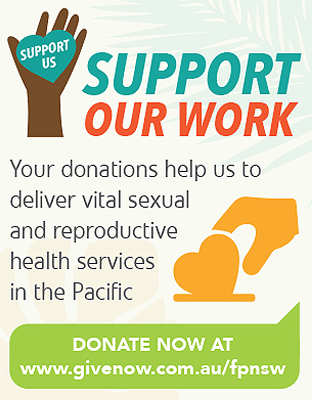Permanent Contraception: Female Sterilisation
What is female sterilisation?
Female sterilisation is a permanent form of contraception. It's a surgical procedure to block the fallopian tubes that carry the egg to the uterus. Blocking the fallopian tubes prevents the egg and sperm meeting so a pregnancy can't occur. The egg is still released each month from the ovary but it is absorbed by the body.
You should only decide on sterilisation as a contraceptive method if you feel absolutely sure you don't want children in the future. Life can sometimes change unexpectedly, for example, if you lose a child or you begin a new relationship. The decision must be your own decision. It is best to avoid making such an important decision at times of stress or pressure, such as just after childbirth or a miscarriage, or when there are financial or relationship problems. Nobody should force you to be sterilised.
How does the procedure work?
The main sterilisation procedure is called tubal ligation. This is an operation done under general anaesthetic. It is usually done using a procedure called a laparoscopy. One or two small cuts are made in the abdomen, one at the belly button and one below the pubic hairline. A tiny telescope called a laparoscope is put in through one of the cuts so that the doctor can see the fallopian tubes. The fallopian tubes are then closed with clips, rings or by cutting and tying. This can be done as a day procedure.
Some women have a laparotomy instead which involves a larger cut in the abdomen. Most women need to stay in hospital for a few days after a laparotomy for the cut to heal.
How well does it work?
Tubal ligation works immediately as a contraceptive. Female sterilisation by laparoscopy or laparotomy is more than 99.5% effective. Sterilisation doesn't protect you against sexually transmitted infections (STIs). You should still consider using condoms as protection against STIs.
Can the procedure fail?
Failures can happen even many years after the procedure. If you do get pregnant after sterilisation there is an increased chance of having an ectopic pregnancy (pregnancy outside the uterus) which can cause dangerous internal bleeding.
What should I expect?
The procedure does not cause any changes to your periods and it doesn't affect sexual intercourse or sexual feelings. Some women are more relaxed after the procedure as they are no longer worried about getting pregnant.
What about complications?
Procedures involving a general anaesthetic may cause nausea or tiredness over a couple of days. After laparoscopy, there may be some tummy or shoulder pain which improves over a day or two. It can be about 7 days before you feel completely well again. As with any operation, complications such as bleeding and infections are possible but they are not common.
Can it be reversed?
Although it's sometimes possible to repair the fallopian tubes after laparoscopic sterilisation only about 50% of women get pregnant after the reversal. There is also a higher risk of ectopic pregnancy after reversal.
How do I get the procedure?
Speak to a GP or Family Planning NSW clinic who can refer you to a private gynaecologist or public hospital.
For more information
Family Planning NSW Talkline - www.fpnsw.org.au/talkline or 1300 658 886
National Relay Service (for deaf people) - 13 36 77
TIS National's interpreting service - 131 450
Visit your nearest Family Planning NSW clinic - www.fpnsw.org.au/clinics
Family Planning NSW client resource on contraception - What suits me?




